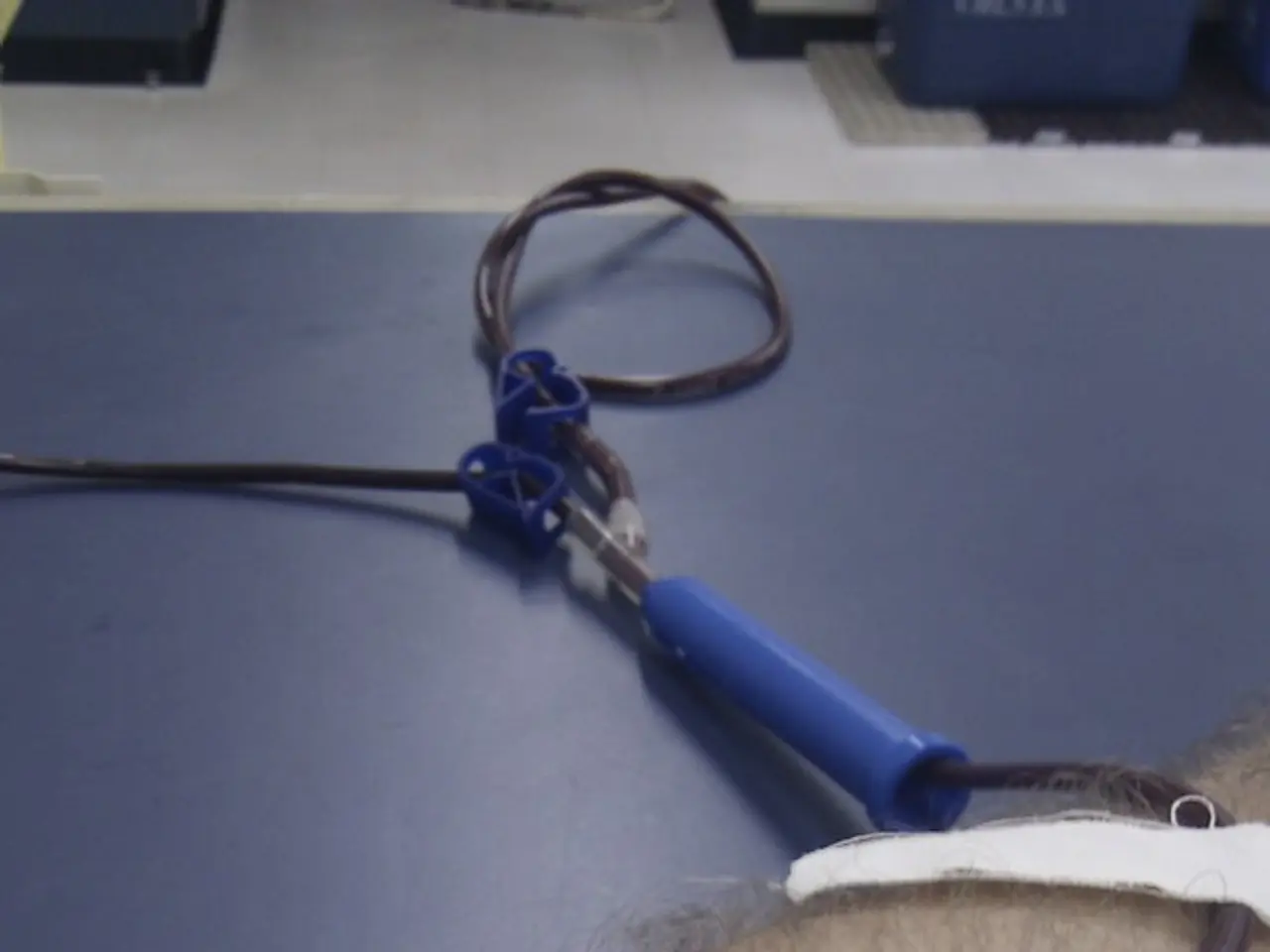Guide to Eliquis Dosage: Forms, Potencies, Administration, and Additional Information
Eliquis, a brand-name prescription medication, is commonly used to treat or prevent blood clots in certain adults. This anticoagulant comes in the form of oral tablets and is essential for those at risk of deep vein thrombosis (DVT), pulmonary embolism (PE), or stroke due to atrial fibrillation (A-fib).
The dosage of Eliquis varies depending on the specific condition being treated or prevented. For instance, the typical dose for preventing blood clots and stroke in nonvalvular A-fib is 5 mg twice daily. However, a lower dose of 2.5 mg twice daily may be prescribed for older adults, lighter individuals, or those with serious kidney problems.
In the case of initial treatment for DVT and PE, the recommended dose is 10 mg twice daily for 7 days. This is followed by a maintenance dose of 5 mg twice daily for continued treatment. When it comes to preventing recurrence of DVT and PE, the common dose used is 2.5 mg twice daily.
For those who have undergone hip or knee replacement surgery, Eliquis is often used to prevent venous thromboembolism (VTE). The typical dose is 2.5 mg twice daily for 12 to 35 days, depending on the surgery type.
It's important to note that your doctor determines the exact dose based on your specific medical situation, including other medications, kidney function, age, and weight.
Here's a summary of the main dosing scheme:
| Condition | Initial Dose | Maintenance Dose | |-------------------------------------|-----------------------------|-----------------------------| | Stroke prevention in AFib | 5 mg twice daily | 5 mg twice daily (or 2.5 mg for certain people) | | Treatment of DVT and PE | 10 mg twice daily (7 days) | 5 mg twice daily | | Prevention of DVT/PE recurrence | N/A | 2.5 mg twice daily | | VTE prevention after surgery | N/A | 2.5 mg twice daily |
Remember, Eliquis is a blood thinner, and taking more than prescribed can cause bleeding. If you believe you've taken too much Eliquis, contact your doctor right away or the American Association of Poison Control Centers. On the other hand, missing doses can increase your risk of blood clots. If you miss a dose, take it as soon as you remember, but don't take more than one dose at once.
Eliquis is also approved to treat DVT or PE, and starter packs are 30-day dose packs for these conditions. If you have a kidney problem, your doctor may adjust your dosage.
It's worth noting that Eliquis is only available in the brand-name form, with no generic forms available at this time. The dosage of Eliquis in starter packs is the same as the dosage of Eliquis tablets dispensed in a bottle.
In summary, Eliquis plays a crucial role in managing blood clotting disorders, and understanding the correct dosage is essential for its effective use. Always consult with your healthcare provider for personalised advice.
- Eliquis is prescribed for various medical conditions, such as atrial fibrillation (A-fib) and deep vein thrombosis (DVT), both of which can lead to serious complications like stroke and pulmonary embolism (PE).
- The dosage of Eliquis may vary based on an individual's specific health status, including conditions like obesity, depression, Crohn's disease, cardiovascular health, and kidney function.
- For those at risk of thrombosis, Eliquis is essential, and the typical dose for preventing blood clots and stroke in nonvalvular A-fib is 5 mg twice daily.
- In cases of initial treatment for DVT and PE, the recommended dose is 10 mg twice daily for seven days, followed by a maintenance dose of 5 mg twice daily.
- Science continues to advance, and predictive models may one day help in the more accurate management of medical conditions like asthma, COPD, and health-and-wellness issues, leading to improved outcomes for patients.
- It's crucial to follow your healthcare provider's instructions when taking Eliquis, as the medication requires careful monitoring to ensure both safety and effectiveness, while minimizing side effects like bleeding.




